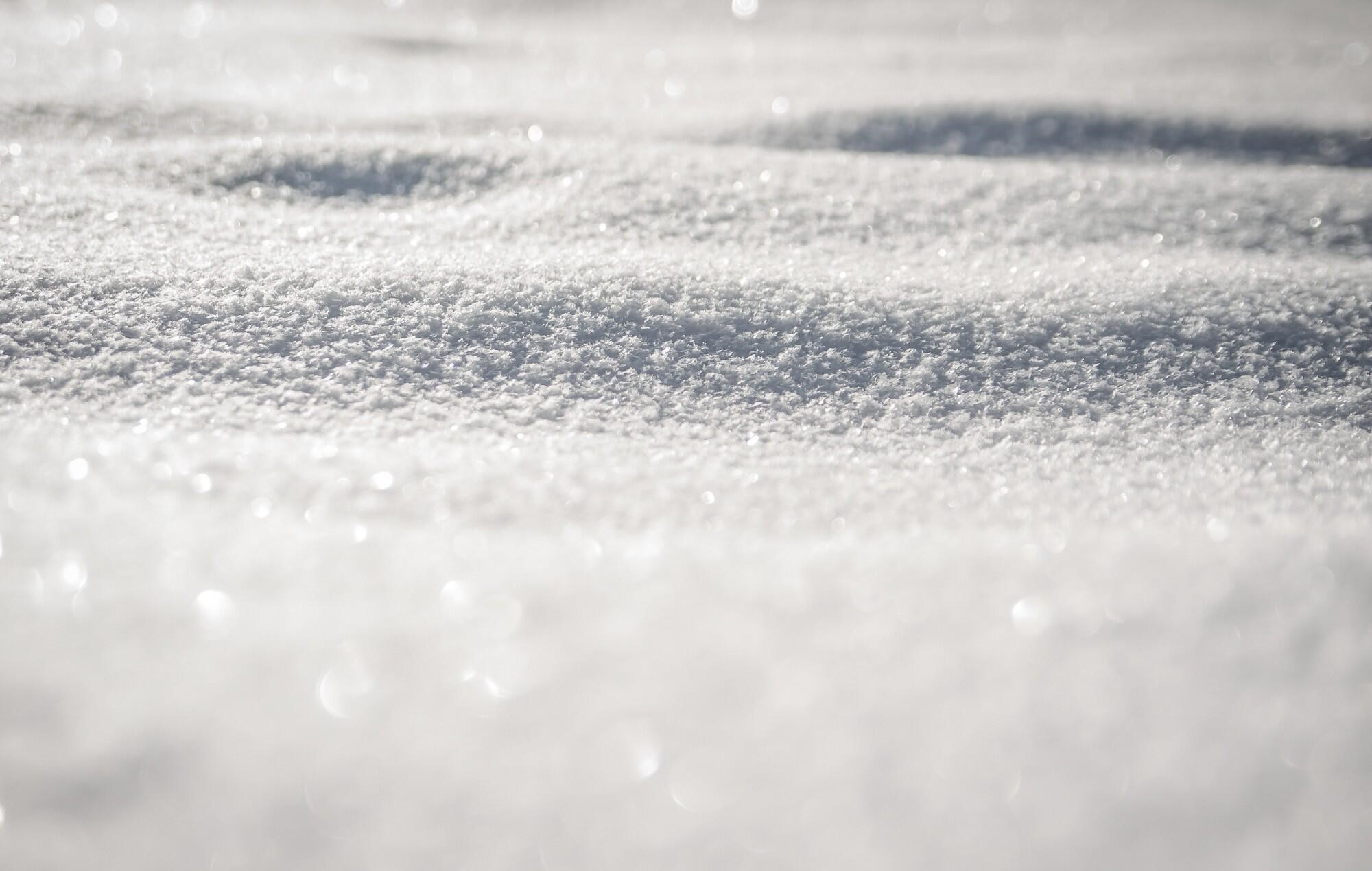Winter turns our landscapes into icy wonderlands. Snow may look magical, but it makes walkways slippery and dangerous. Keeping these paths safe is essential, especially for families with children or elderly members.
There are low-corrosion winter treatments made for walkways. They keep these areas clear and protect the surfaces below. Using these treatments helps to prevent ice buildup, ensuring that everyone in your home can move around safely.
Understanding Low-Corrosion Treatments
Many traditional ice melting products can cause damage to walkways, driveways, and surrounding plants. Low-corrosion winter treatments offer a solution by melting ice without being as harsh on surfaces.
These products are formulated to reduce corrosion on concrete and metal, prolonging the life of your walkways. Choosing the right treatment ensures safety without sacrificing the integrity of the surfaces in your yard.
Types of Low-Corrosion Treatments
There are several types of low-corrosion winter treatments available on the market. Here are a few popular ones:
- Calcium Magnesium Acetate
- Potassium Chloride
- Urea
- Sand and Gravel
Exploring these options allows you to find the best fit for your walkways while maintaining safety.
Benefits of Using Low-Corrosion Treatments
Choosing low-corrosion treatments for your walkways comes with several benefits. First, they protect your surfaces from damage. Traditional salt can lead to cracks and pitting in concrete surfaces over time, but low-corrosion options significantly reduce this risk. This protection helps you avoid costly repairs and the hassle of replacing surfaces.
Second, many of these options are more environmentally friendly. For instance, calcium magnesium acetate has less impact on vegetation, helping you to keep both your family and the environment safe.
Lastly, low-corrosion treatments also help maintain traction. By keeping areas clear of ice, you and your family can walk safely without the fear of slipping. This is especially important when you’re carrying groceries or small children, as falls can lead to serious injuries.
How to Apply Low-Corrosion Treatments
Applying low-corrosion treatments is an important task during winter. Before applying any treatment, make sure to clear the walkway of snow and large ice chunks. Use a shovel or snow blower to remove the heavy snow.
Select a low-corrosion treatment that best suits your needs. Read the packaging to find instructions on how much to apply. Using a spreader, apply the treatment evenly across the walkway. A spreader helps you cover more ground and reduces the chance of over-application.
Apply treatments before an expected snowfall or ice storm for the best results. This proactive approach can prevent ice from forming in the first place.
If the weather remains cold, you may need to reapply the treatment after heavy snow or rain. Check your walkways and reapply as needed to keep them clear. Following these steps makes it easier to keep your walkways safe throughout the winter months.
Protecting Surrounding Areas
While you focus on keeping your walkways clear, don’t forget to consider the surrounding areas. Protecting your garden beds and landscaping is crucial to maintaining a beautiful yard year-round.
By taking these precautions, you can ensure that your walkways remain safe without sacrificing the health of your garden. Remember, products like Ice Melting Salt can be included in your arsenal for winter safety. Prioritizing safety not only keeps your paths functional but also protects your loved ones from slips and falls.
All About Low-Corrosion Winter Treatments
Keeping your walkways clear during the winter doesn’t have to be a challenge. By choosing low-corrosion treatments, you can protect surfaces while effectively preventing ice buildup.

